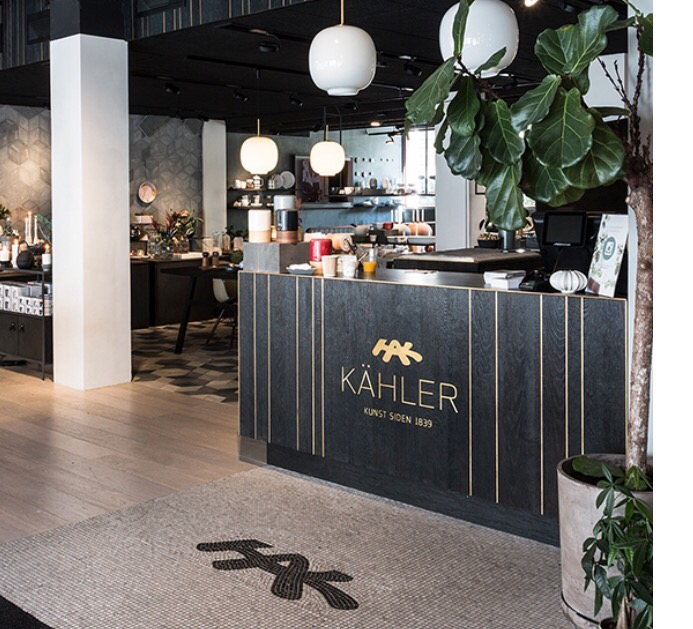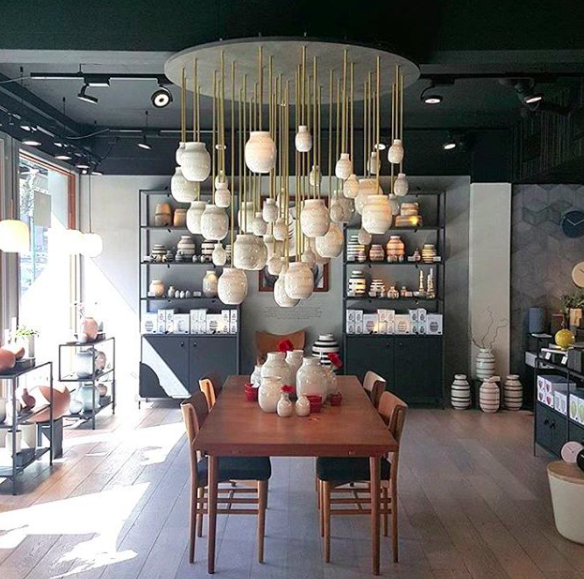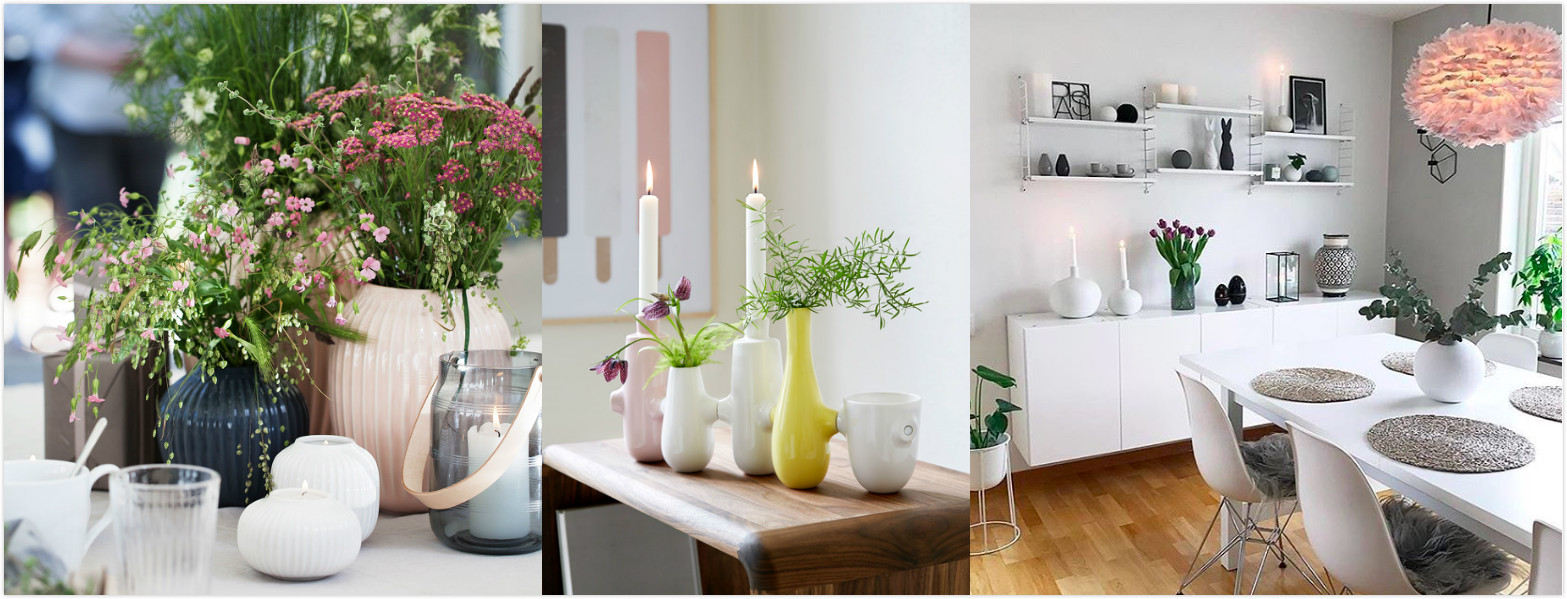Disclaimer: Some of the pictures and text in this post are from Kahler’s homepage. If you want to use them yourself, you should ask the Kahler company for permission first.
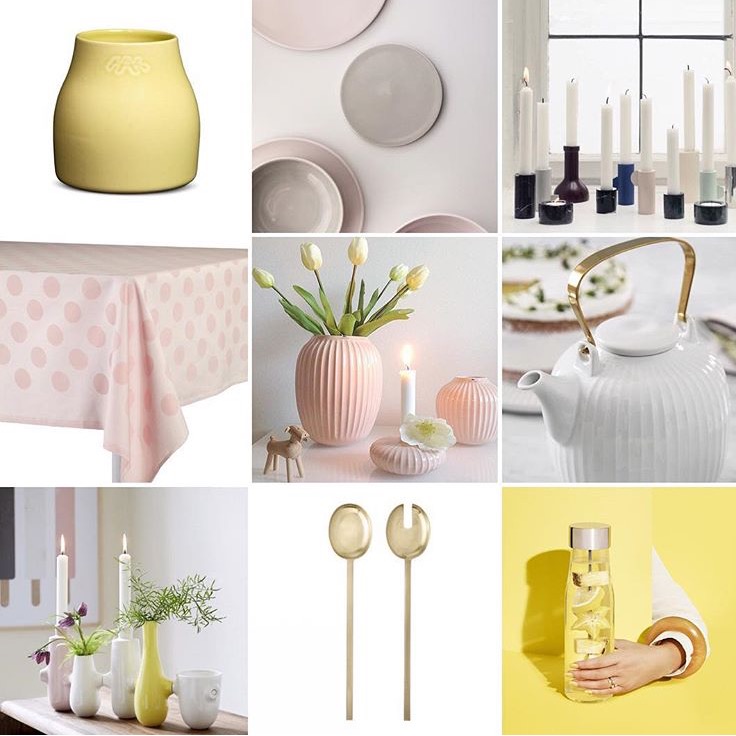

Nordic home style has always been natural, warm, bright, simple yet elegant, simple and generous. Subtly blended with fashion elements and increasingly favored by friends from all over the world. Nordic designers are truly integrated into life and nature with clean lines. The design and the technology of excellence are highly praised!
This time, I will introduce you to a historic art veteran, who is the Kähler pottery in the Nordic Kingdom of Denmark. They are not only comfortable in design, but also their factory houses are also decorated. unique.


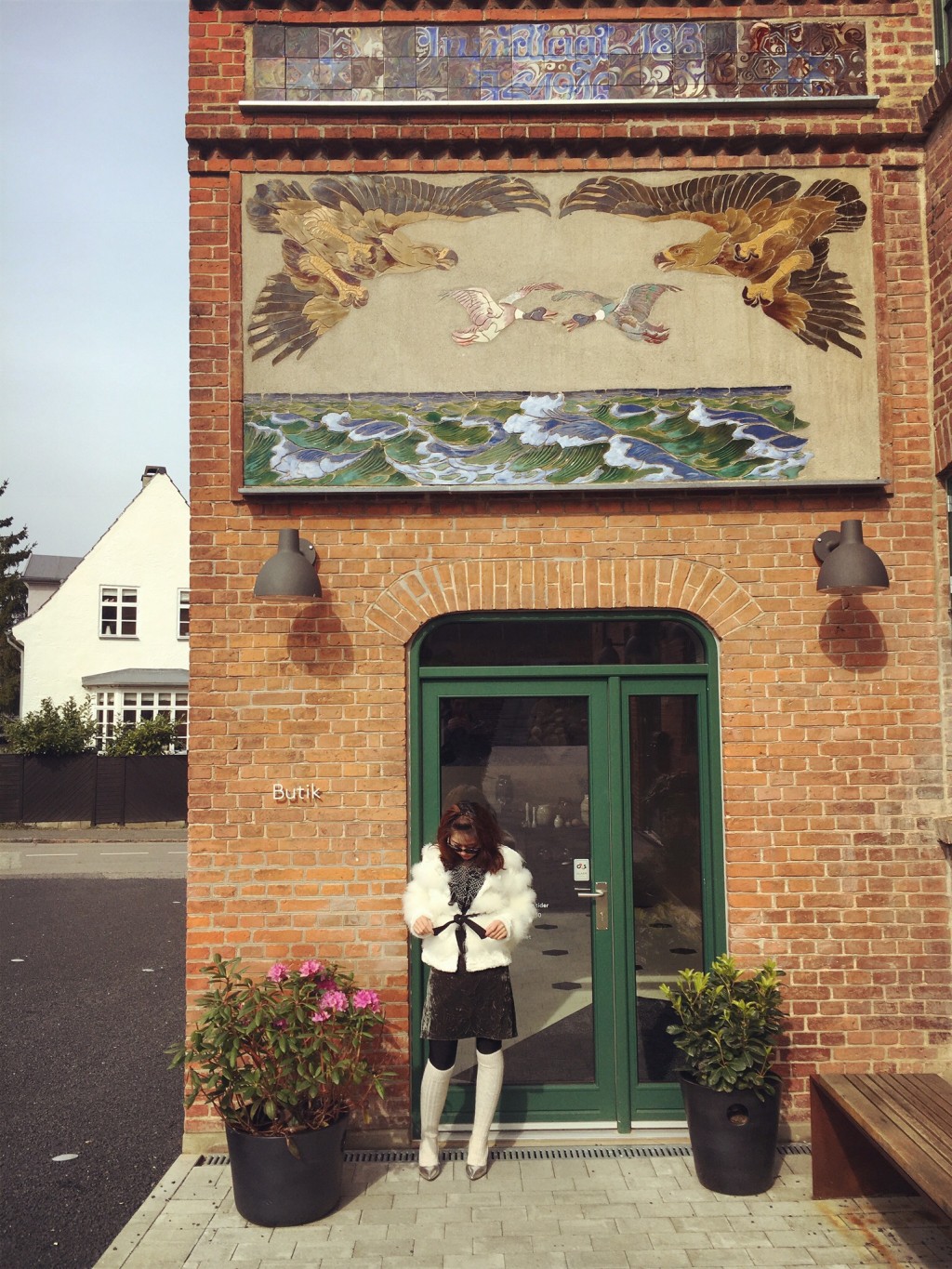



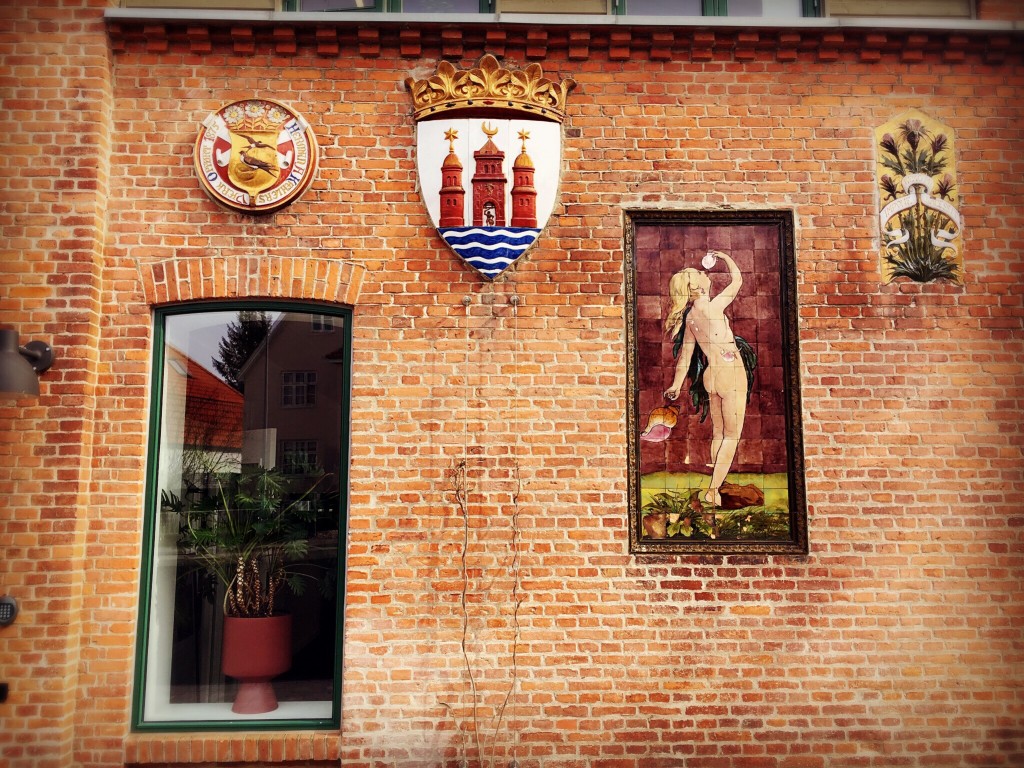

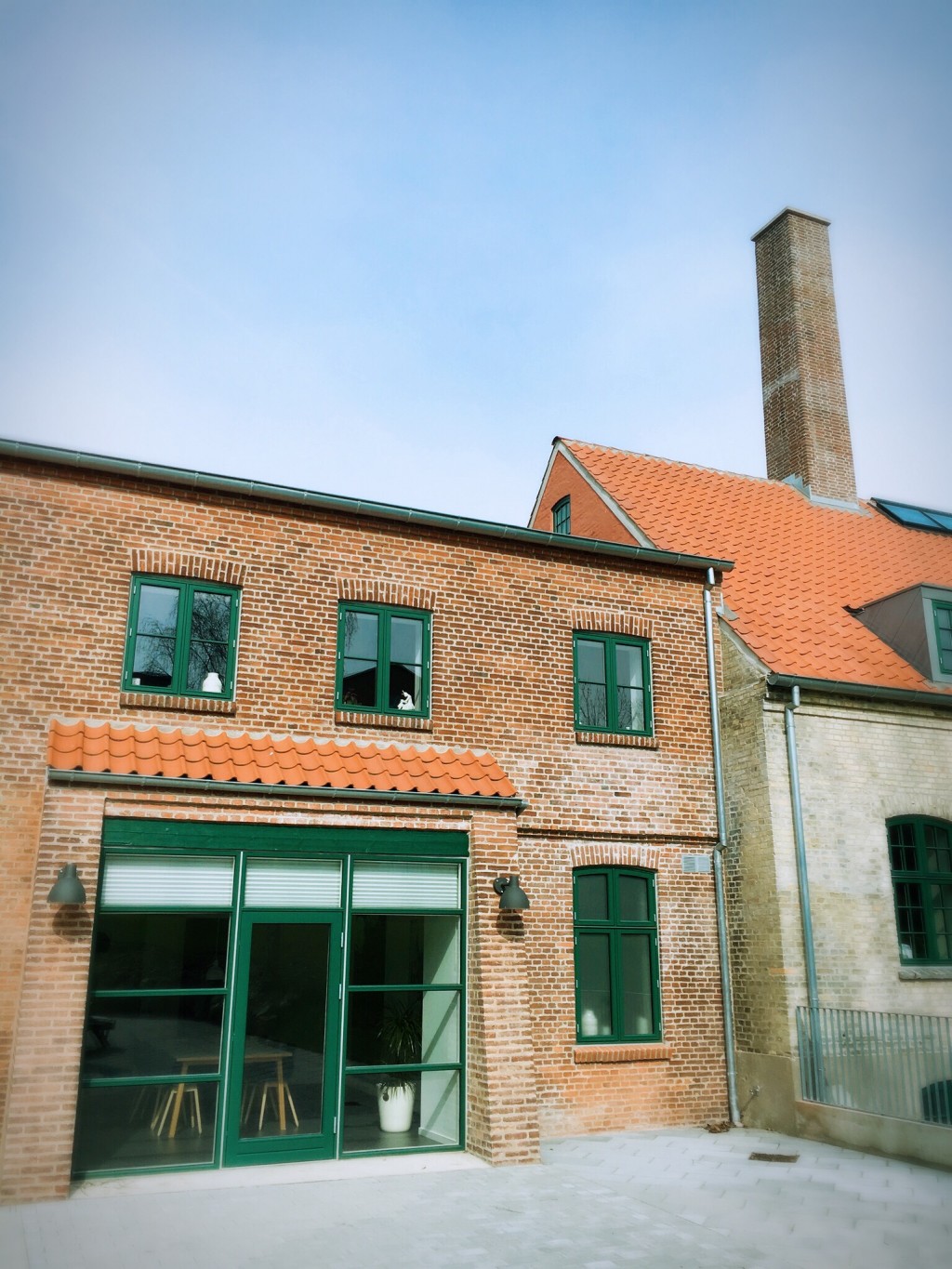

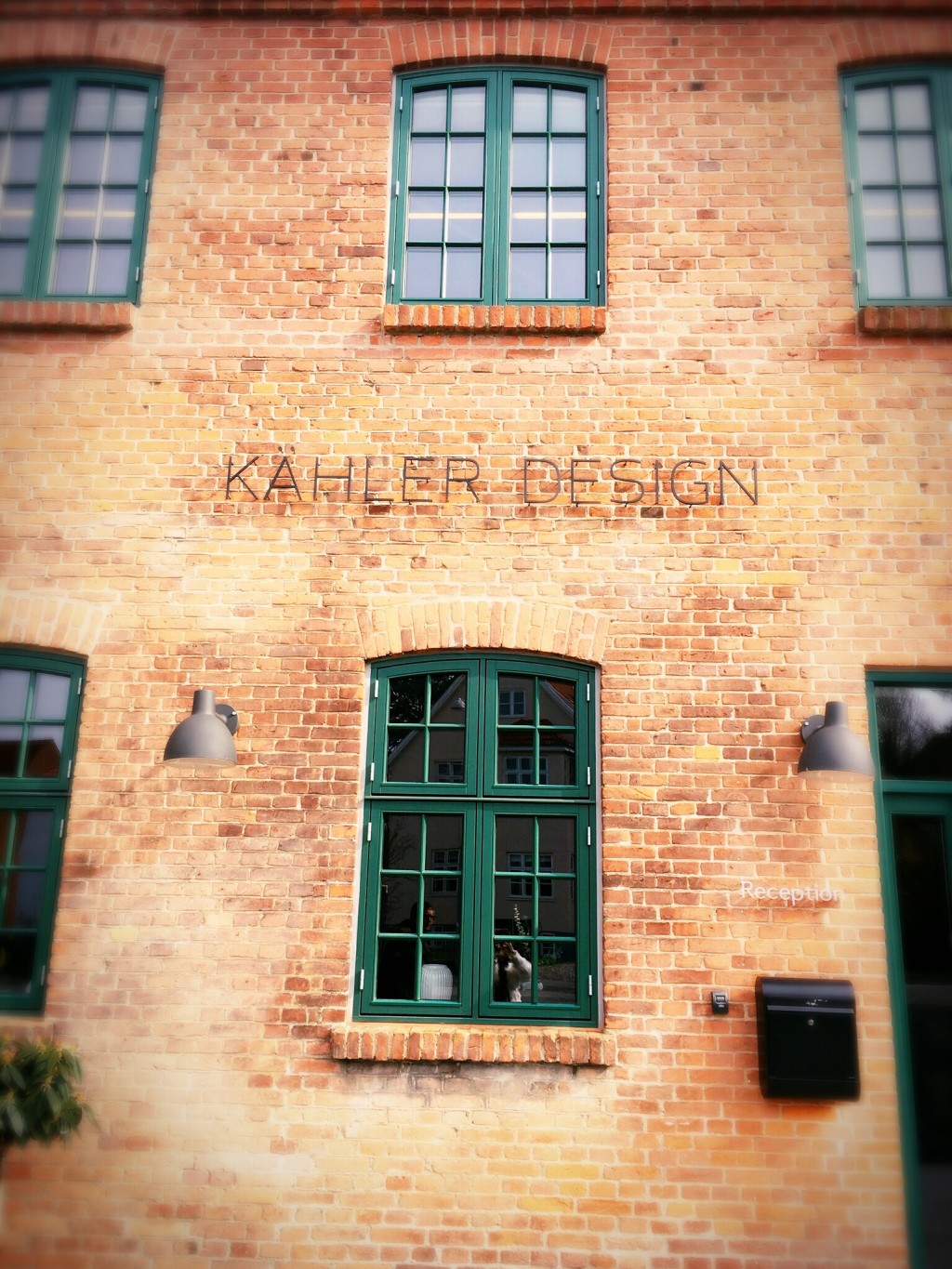

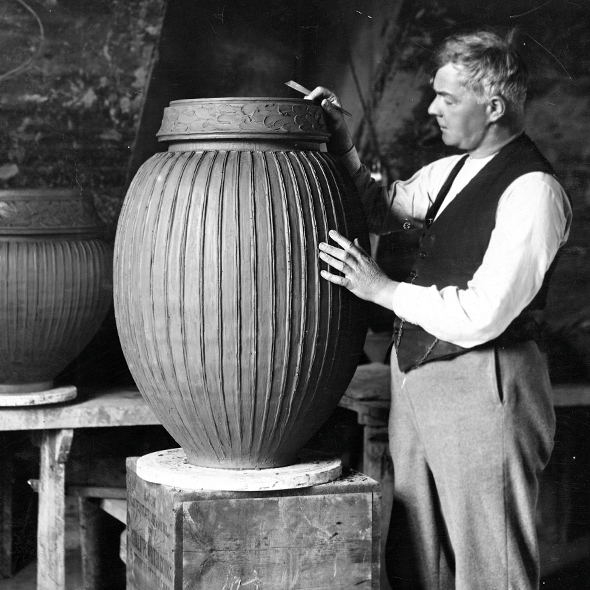

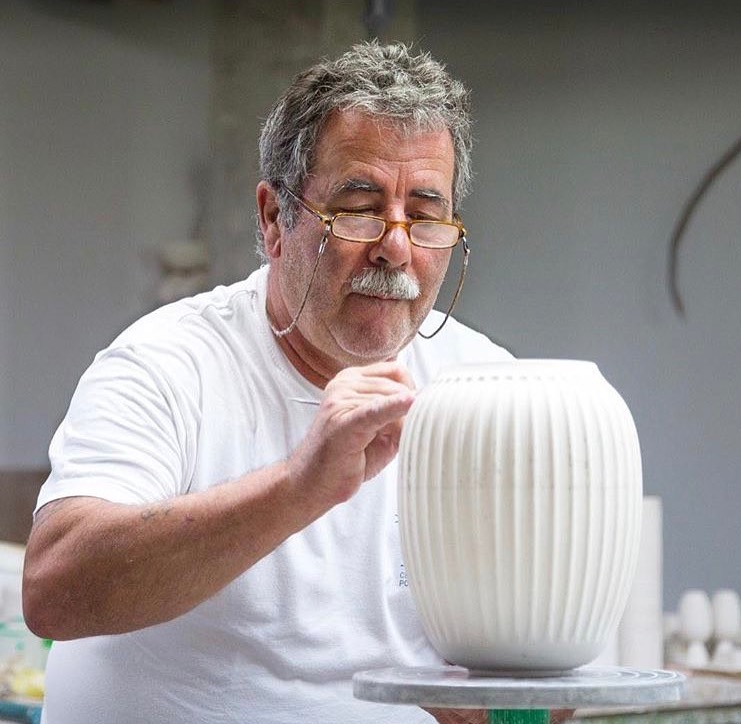

Kähler is famous both at home and abroad for its high quality, unique style design and exquisite technology. It has a history of nearly 180 years of tradition and heritage. The pottery produced in it is exhibited in many countries, and many of them are fine works of art. They have great collection value, some of them are in museums, some are in the royal family.
Kähler represents Nordic design and gastronomy, coupled with the great respect for its more than 175-year-old heritage and tradition – a brand universe in which all are welcome, where the emphasis is on authentic experience.
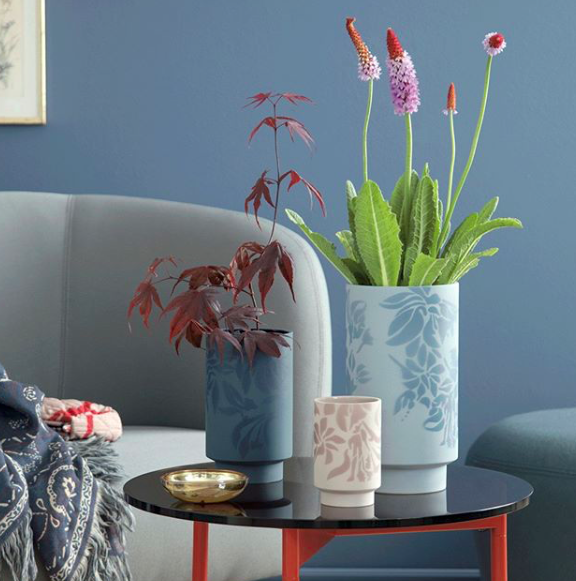



There are also many types of products designed: For bathrooms, gadgets, bowls, breakfast bowls, cream boxes, coffee makers, candlesticks, Christmas, clocks, cups and mugs, knives, dishes, people, flower pots, furniture, grinders, jugs and lids, lighthouses, milk and sugar , plates, platters, speakers, storage, trays, vases, white Christmas, etc.s
Collections:
Avvento, Bellino, Botanical Garden, Kono, Fiducia, Fiorra, Fugato, Globo, Hammershaw, Kaolin, Meliba, Nobili, Omaggio, Omaggio Glass, Umbria, Aura, Stella, the eve story, Unico, unit, Urbania, Ursula…
You can check their homepage to see their newest products.


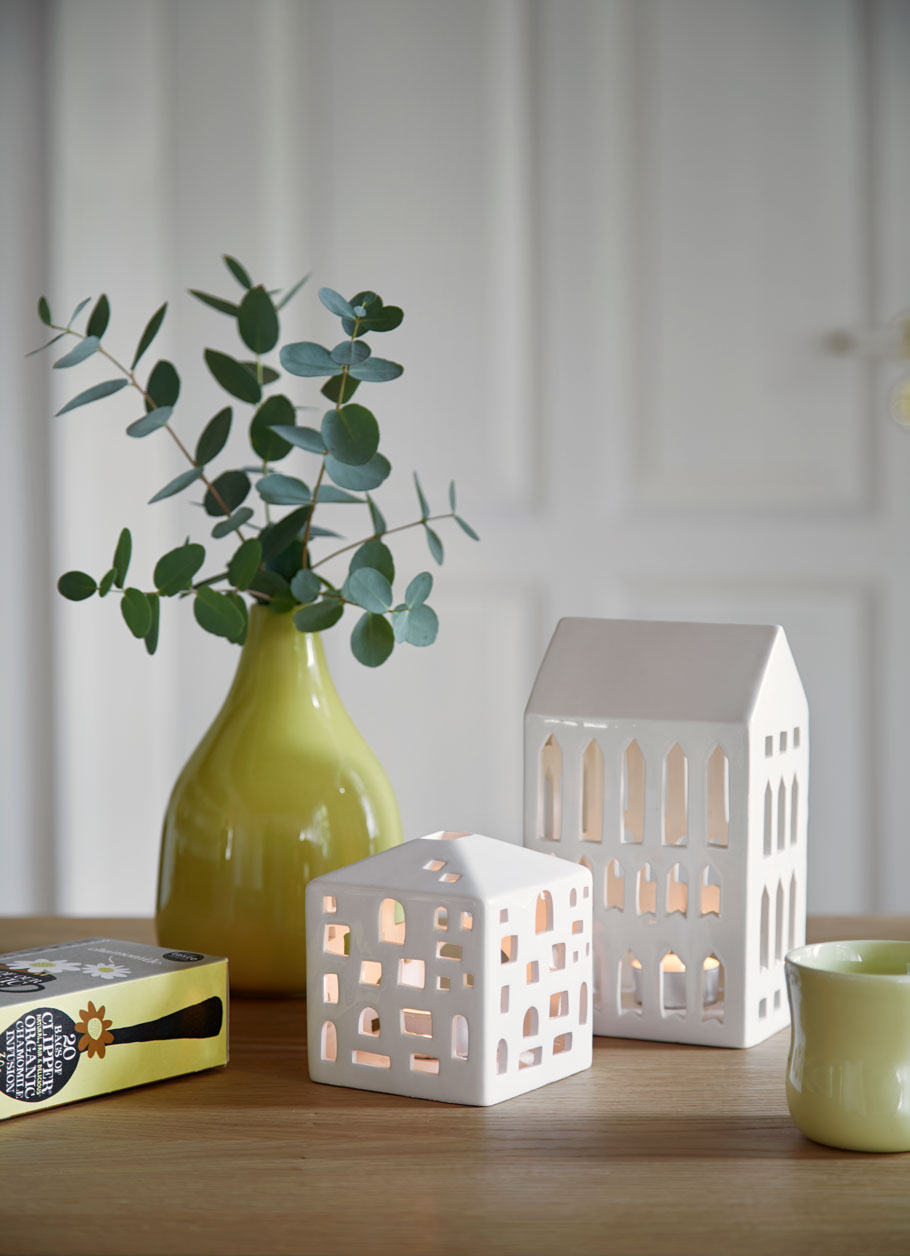



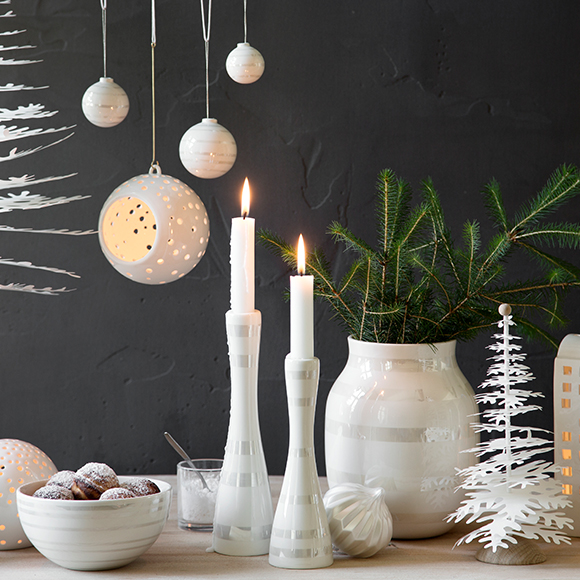

It has been more than 170 years since the first Kähler vase was transferred to Næstved’s small pottery workshop. This is the beginning of a unique design adventure that will leave a mark in the world. Keller’s ceramics showed an impression at the 1889 World’s Fair in Paris – the same year as when the Eiffel Tower opened.
The historic Kähler workshop is the venue for many of the greatest Danish artists such as Thorvald Bindesbøll, Svend Hammershøi and Kai Nielsen.
Historic Kähler artists and craftsmen:
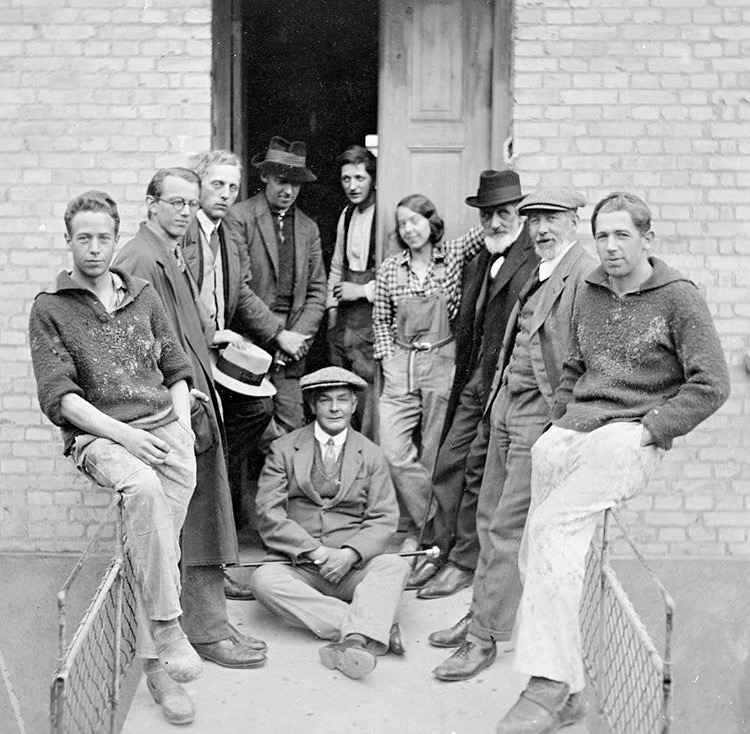

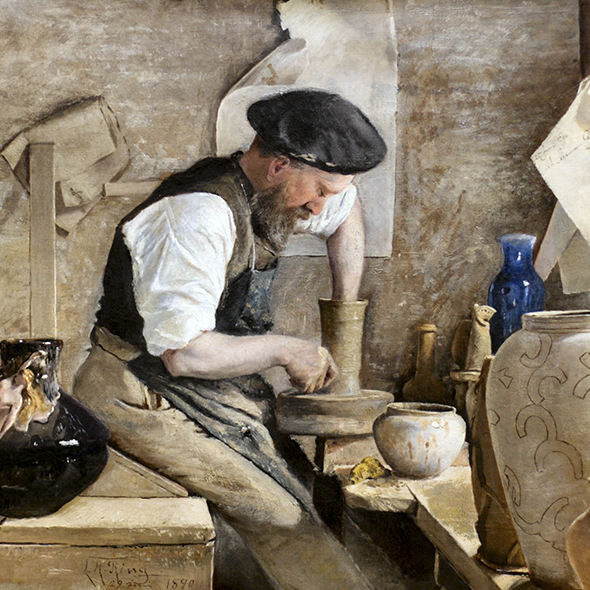

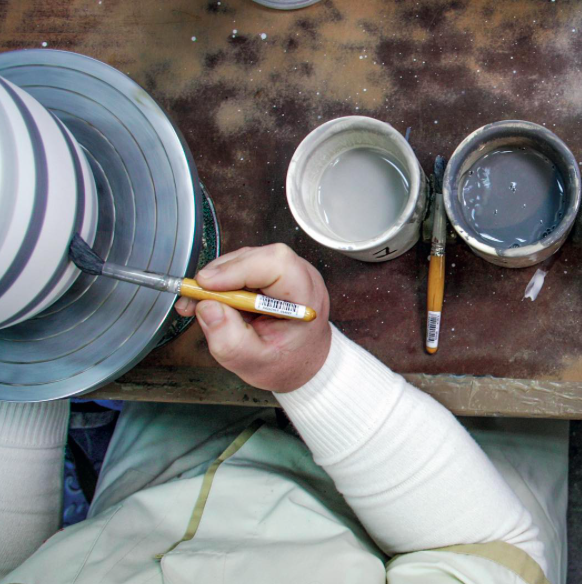

H.A. BRENDEKILDE (1857-1942)
On his arrival in 1885, Brendekilde was the first truly artistic employee. Brendekilde was a social realist painter and one of Denmark’s leading designers, designing products for Odense Glassworks. He worked closely with Herman August Kähler. Their collaboration consisted in H.A. Kähler throwing the wares and Brendekilde decorating them with flowers, animals and figures from fairytales. The greatest influence that Brendekilde had on the Kähler workshop was probably as an artistic motivator and attraction for a group of other artists. Brendekilde was at Kähler until 1907.
L.A. RING (1854-1933)
Laurids Andersen, also known as L.A. Ring, after his hometown of Ring just south of Næstved, was a member of the group of artists surrounding H.A. Brendekilde. He did landscapes and stayed at Brendekilde’s haouse for a short period of time and thus was introduced to Kähler. Ring thought that it might me interesting to give ceramics a try. However, his ceramic career resulted in not more than 10 or 12 pieces and it never really took off.
Like Brendekilde, his greatest influence on the Kähler workshop was his connection to cultural life. L.A. Ring married the daugther of H.A. Kähler, Sigrid Kähler, and thus he became a member of the group of artists surrounding Kähler. He often painted situations from the workshop or the family, for example, Lamplight, which portrays his wife, Sigrid, and the base of a lamp (allegedly his own creation) with octopus arms. The painting is now at the Royal Museum of Fine Arts.
P.S. KRØYER (1851-1909)
What Skagen was to art of painting, Næstved and Kähler’s workshop were to ceramics, and the two were linked via the acclaimed Skagen painter P.S. Krøyer, who painted serveral portraits of his friend H.A. Kähler the potter’s wheel in Næstved workshop. He also portrayed Kähler visiting Skagen in 1901. Both painting exude warmth and light and are displayed at the Næstved Museum. The painting, by P.S. Krøyer, shows Herman August Kähler at the potter’s wheel.
KARL HANSEN REISTRUP (1863-1929)
After having left the Royal Danish Porcelain Factory, painter Karl Hansen Reistrup needed new challenges, and he kindly accepted an invitation to com eto work for Kähler. He was hired as a painter and modeller in 1888, and moved into an attic room at the factory and began a close and intensive cooperation with H.A. Kähler, which continued until the next generation of the Kähler family took over the workshop.
Reistrup drew and modelled designs that Kähler then turned. All figures were cast in plaster to facilitate mass production. Kähler’s great results in developing red lustre were reflected in Reistrup’s work. Some of his early animal vases were in this colour and sold at the 1889Exhibition Universelle in Paris. One of them, the Elephant Vase, is now in the bedroom of Queen Margrethe of Denmark, where it is used as a lamp base.
Reistrup was very fond of animals and created an entire menagery in ceramics. He put cats, ducks and fish on bowls and frogs on ashtrays. He was particulary fond of lions, as reflected in his homorous figure Lion’s Lunch, depicting a lion looking greatly satisfied after having eaten a humas being. Later, Reistrup undertook huge ornamentation works all around the country, but he remained a regular visitor to the Kähler workshop.
THORVALD BINDESBØLL (1846-1908)
The archtect Thorvald Bindesbøll had a brief stay at the Kähler workshop in 1890 and 1891. L.A. Ring had tempted him to come to Næstved, and the stayed at the Kähler workshop on two occasions during those years. But none of the objects he produced became major works. His finest piece was probably an earthenware jar with sgraffiti (scratched patterns) and slipping. Today, it is displayed at the Danish Museum of Decorative Art. During his second period at the Kähler workshop, Bindesbøll made an altar of glazed earthenware for a church in the city of Herining. Though Bindesbøll’s stays at the Kähler workshop were brief, he remained in contact with Kähler for a long time afterwards.
SVEND HAMMERSHØI (1873-1948)
Svend Hammershøi was a designer, painter and trained ceramicist. He began working as an artistic designer at Kåahler in 1893 and remained there until his death. When he first came to Kähler, his number one goal was to learn the art of designing, so he stayed close to the potter’s wheel. In 1904 he began working exclusively for Kähler and he then left it to the masters to do the work. They included Old Olsen and three generations of the Kähler family: Herman August, Hermen H.C. and Nils Kähler. Hammershøi’s special skill was the striking profilling, horizontally and vertically, which he did on a large number of jars and bowls. This feature was present throughout his entire production.
At some point, Hammershøi revived terracotta – unglazed, burnt red clay that was sawdust fired in a muffle furnace. With this technique, he created a smoked surface, which was sometimes given a coat of wax or oil. After a number of years at the workshop, he became increasingly interested in large jars and floor vases made of unglazed red clay. This pleased Nils Kähler, the master at the time, who loved to throw large objects. Moreover, Hammershøi’s work is associated with the white-grey-black pieces, created in cooperation with Jens Thirslund.
JENS THIRSLUND (1892-1942)
Jens Thirslund came to Kähler in 1913 at the invitation of a friend. Though he had no formal artistic education, he had a natural talent for sketching, fuelled by his strong interest in art. Thirslund created his very own world of motifs – anything from flowers to women, animals and ships – which he transferred to pots and tiles. He also drew sketches on whatever paper he came across, often wrapping paper.
The major part of Thirslund’s production was in wall tiles. A great number of these patterned, slipped tiles were porduced at the workshop. He was eager to learn and had a great passion for ceramics that made him want to explore lusture firing. He spent many nights covered in soot and smoke in order to explore firing processes. That is how he came across the black-white tin glaze, which was used to decorate many of Hammerhøi’s pieces. He held one-man exhibitions in Amsterdam and New York, but participated in other exhibitions in Paris, Switzerland, Spain, Sweden and Belgium.
Thirslund played an important role in the Kähler history. In addition to his own works, he was an entrepreneur, developer and source of inspiration to many other artists, including Hammershøi and Kai Nielsen.
KAI NIELSEN (1882-1924)
The sculptor Kai Nielsen visited Kähler for the first time in 1921, only three years before his death. During those three years, he was very productive, but many of his works were discarded due to his extreme self-criticism. His ambition was to achieve a broad reach. He would rather have sold his works and produced thousands of copies than to have had them on display in a museum. He produced a number of small figures, which were copies of his larger sculptures in order to disseminate knowledge of hos art, which people helped boost his earnings.
Nielsen teamed with Thirslund and organized a large production of figures in 1922. These figures were made in old bronze moulds, which had previously been used to cast bronze moulds. Their names were just as creative as the manufacturing process: The Sloth, Susanne in the Bath, The Princess on the Pea, Eve on the Apple, Nina on the ball and The Globetrotter, to mention a few. The figures became very popular in Denmark and abroad. After a trip to Denmark, a dealer bought The Princess on the Pea back with him to San Francisco and put it on display in his shop, but an American women organisation was strongly opposed to it on the ground that the figure had her abdomen thrust forward.
A generation of innovative craftsmen – Kähler family
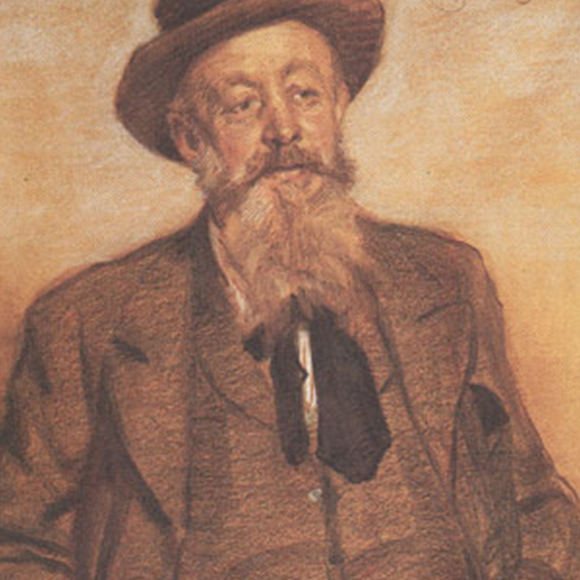



The story about Kähler began in 1839, Herman J. Kähler immigrated to Næstved from Northern Germany. Shortly after his arrival, he started his own pottery in Næstved, where it all began. Kähler was a trained potter, and staying true to the old traditions, he stuck to production of articles for everyday use as milk dishes, soup pails, jam jars etc. However, he was best known for his production of all-night burners. Kähler ran the company from 1839 to 1872. During that period he fathered seven children.
When Herman Joachim Kähler retired in 1872, his sons Herman August Kähler and Carl Frederik Kähler took over the company, dividing the production between them. Carl Frederik continued the pottery production, while Herman August became the one who put Kähler ceramics on the world map.
After having served his apprenticeship with his father, H.A. Kähler took glaze painting lessons at Holmegaard Glassworks. After Holmegaard he roamed from town to town in search of employment, as did most other craftsmen of the time. He travelled around Europe, employed in workshops in Berlin, Strasbourg and Paris.
In 1867 he returned to Næstved full of impressions and inspiration, He was ready to take over the workshop. In 1875 he built a new facility, today known as Kählersbakken, where he began grappling with artistic design and experimenting with glazes. The artistic commitment attracted many distinguished Danish artists, and H.A. Kähler founded the artistic colony in Næstved.
The lustre colours became his distinguishing feature, particulary the red lustre. Normally it was used only for decoration, but at the 1889 Exhibition Universelle in Paris he exhibited a product that had been completely immersed in the metallic red lustre glaze. Together with his signature, HAK, the red lustre colour became Kähler’s brand identity.
H.A. Kähler was also a man of the world and generated international interest in Kähler’s ceramics. He showed his art pieces at exhibitions around the world, which attracted much attention among dealers and museums in Paris, New York, Chicago, Malmö, Stockholm, Brussels, Berlin and San Francisco. H.A. Kähler played an enormous role for the Kähler workshop. Today, his initials, HAK, are stamped on the bottom of all Kähler products.
In 1917 Hermen H.C. Kähler took over the compant after his father H.A. Kähler. Times and tastes had changed, and figures such as lionshaving lunch or non-shaped, strong-coloured vases and jars were no longer in demand. Instead, Herman H.C. Kähler went back to old pottery traditions and started to produce wheel-thrown objects decorated with old technique, horn painting. His style was Art Noveau, but with his own personal twist.
Herman H.C. Kähler’s strength was his ability to inspire and encourage skilled decorators to go beyond the current decorative techniques. This slip decorations were a characteristic feature of Kähler pieces during the Herman H.C. Kähler era. In spite of being one of the Kähler family’s greatest designers and lauching that triggered the great slip decoration trend with his artistic version, his reputation in the years that followed was less brilliant.
Thus, Herman H.C. Kähler is not considered a significant figure in the Kähler history, perhaps because it was difficult for him to live up to the legacy of his father, H.A. Kähler. Moreover, there were a number of great and less artists employed at the workshop during that period who where less modest than Herman H.C. Kähler.
In 1940, Nils Kähler and his brother Herman Jørgen Kähler took over the workshop. This would be the last generation of the Kähler family to run the company. Both brothers worked as designers, but Nils soon took over the artistic side, while Hermen J. was responsible for the administrative and practical functions. Nils was also known as “the young Kähler”. The brothers had been a regular presence in the workshop since they were boys, and that is where they received most of their traning.
In 1931, Nils replaced the workshop’s old thrower. He then developed a passion for throwing large vases. For the fun of it, Nils began modelling piggy banks and other animals. Normallym this would be a job for an apprentice, but the idea of such animals as collectors’ items was taken seriously and put into production. These animals became some of the most popular products in the history of Kähler. The animals allowed Nils to indulge his preference for ceramics decoration with slipped horn painting and lead glaze.
Nils Kähler had a special talent for following the design trends of the time, which is evident from his production. Even though he was very enthutiastic about old art of pottery, the production was characterised by simple designs. He made designer objects such as ashtrays, vases, jugs and lamp feet for Le Klint lamps. They were made out of stoneware, raw with no glazing, with his preferred salt glaze or the strong turquoise colour.
The era as a family-run company with the fourth generation of the Kähler family in 1974. For more than 130 years, Kähler was the meeting place of distinguished artists.
.THE WOMEN CERAMIC PAINTERS
Many talented ceramic painters have been affiliated with the historic Kähler workshop, including a number of women who played an important role. However, the products were always released with only the renowned HAK-signature in the bottom.
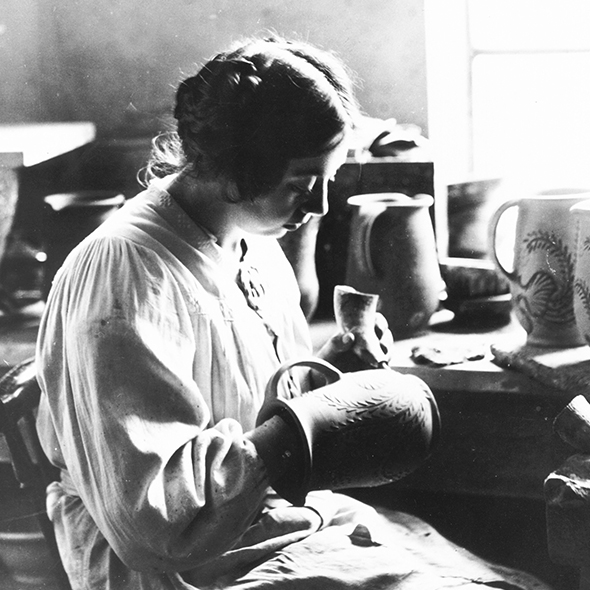

The women decorators played an important role at Kähler. They were given a free hand to let their imagination run loose. The horn painting in particular was a great opportunity to develop a personal style. All of the Kähler workshop’s many decorators had one thing in common: in spiste of their individual styles and talents, all their pieces were anonymous works of art with the HAK-signature on the bottom.
Signe Steffensen
Signe Steffensen worked as a Kähler decorator until 1934, and for a period she was the head woman of the decorators’ workshop. She mastered the very difficult art of horn painting. None of the horn-painted ceramic pieces were identical, and they became one of Kähler’s biggest sales successes.
Stella Kähler
Stella Kähler was the daugther of Hermen August Kähler and the wife of Artistics Director Jens Thirslund. With her moderate style, she threw herself into the slip decorations, but she also gave the red lustre a go, and one of these objects was sold to the National Museum in Stockholm in 1914.
Tulle Emborg
Tulle Emborg developed her very own style, both in terms of horn painting and wet decorations. With great creativity she used both spoons and shaking movements to merge the colours. Her close cooperation with Nils Kähler resulted in pieces with strong resemblance to the old Kähler classical pottery, and they became a huge sales success.
Finally, about the story about the HAK logo:
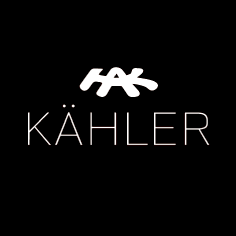

The initials HAK stand for Herman A. Kähler (1846 – 1917), an ambitious, enthusiastic and inventive man, who was the declared favourite son of the founding father.
After a period of training with H.W. Bissen and traveling around Europe, which invariably formed part of an artist’s education in the late nineteenth century, he returned to build Kählersbakken. It was to become a historic workshop and an important cultural centre in its day.
Herman Kähler was the artistic leader of the workshop, where Thorvald Bindesbøll, Karl Hansen Reistrup, L.A. Ring and Svend Hammershøi would meet. In his honour, his initials appeared from 1872 on the bottom of many artistic ceramic pieces. In 1913, Svend Hammershøi designed a monogram seal from the letters H-A-K, and from then on the well-known HAK became the obligatory logo on the base of Kähler pieces.
